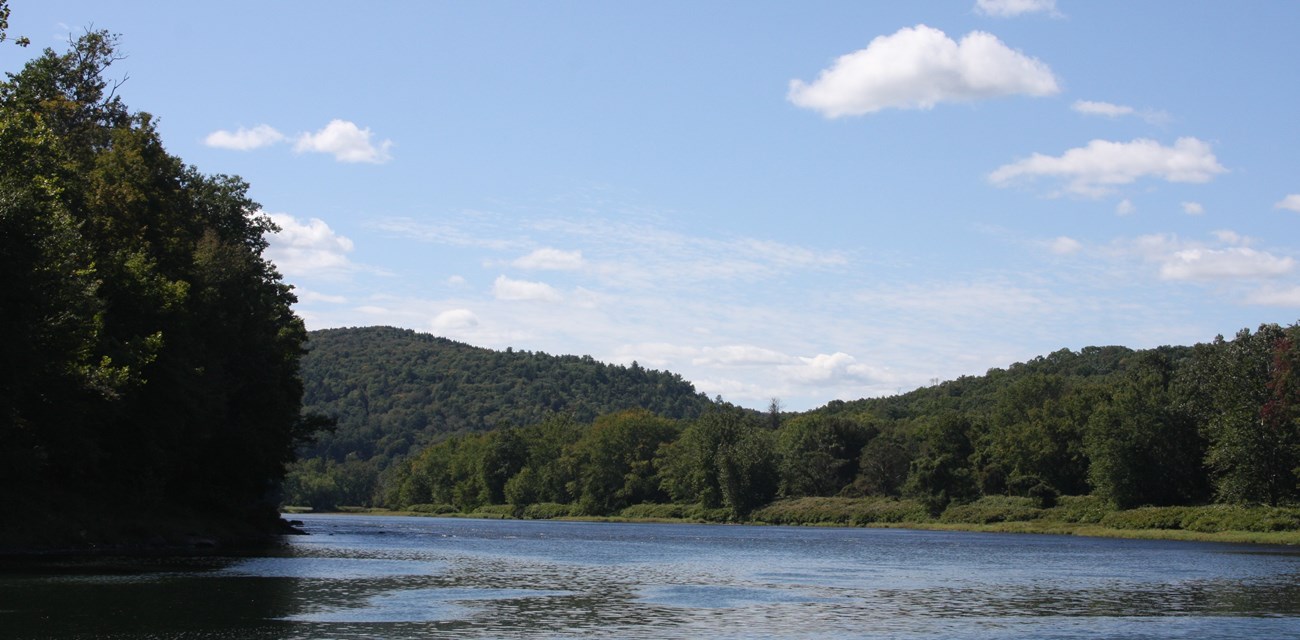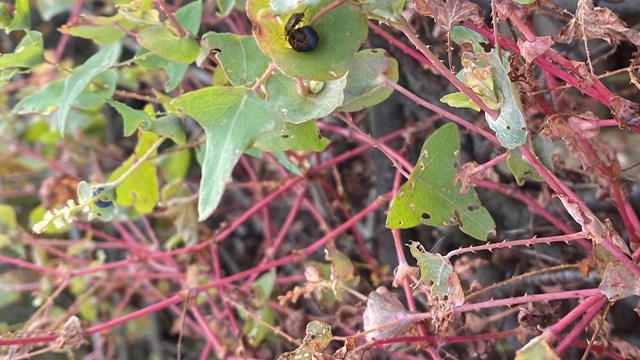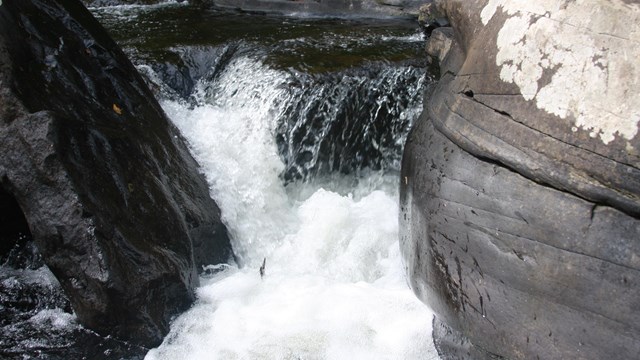For many millennia, the landscape and associated plant and animal life of the Upper Delaware Region have been shaped and altered by the forces of nature.
The Upper Delaware River is renowned for its exceptional water quality and the park works hard to keep it that way. But the river cannot be contained within a neat and tidy boundary, it is a natural feature, meandering through this valley. It is merely traveling through, and so the park alone cannot protect the river. It is through the cooperation and efforts of many people, and partnerships with fellow agencies, whether federal, state, county, or non-profit, and with the private property owners in the communities that line this river valley that will determine its fate.
The ecological processes at play here provide provide services that are essential to our society such as purifying the drinking water for millions in the region, generating fish populations for commercial and recreational fisheries, and reducing the risk of flooding and flood damage.
Some of these forces are natural and the changes that they cause are neither positive, nor negative but there are other factors acting against this region and threatening to damage the health of our natural systems. Nonnative species, which have arrived in this river valley from other parts of the world, often times transported by human activity, threaten to have substantial impacts on the park's terrestrial, riparian, and river ecosystems.



